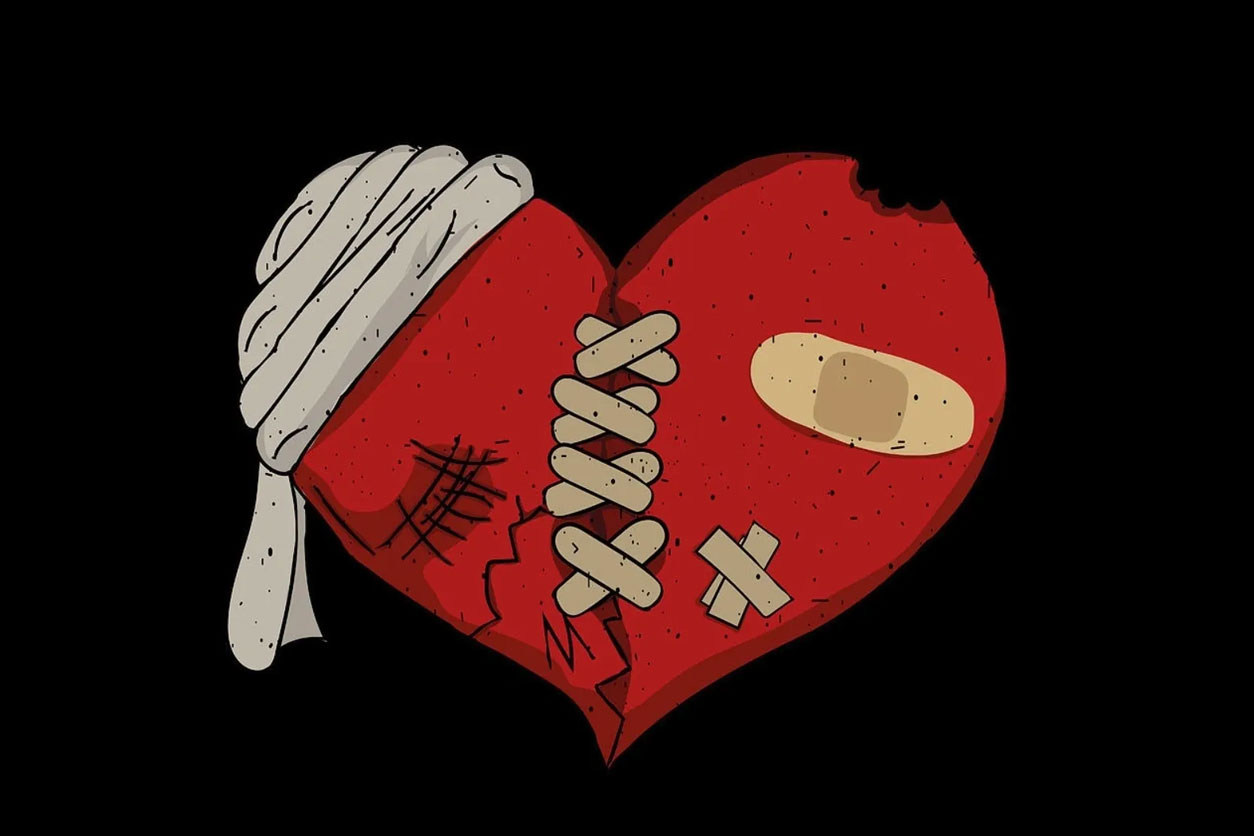Beauty is in the eyes of the beholder also applies to “love”. Just like physical attraction , emotional attraction is entirely subjective and based on a combination of genetics and very early experiences.
The first 4 years of a child’s life determines the building blocks of all present and future relationships based on how the early caregivers respond and assist the child in emotional regulation. For example , parents who attempt to “relieve the distress of their child” in these first 4 years paves their path for that child to seek social connections with other children who are similar and nice. On the other hand, children who lack the “early emotional support” of their parents commonly seek others who treat them the same way. To them , this is considered “love” just as the child who has invested parents who read their child’s emotions interprets “love” as people who relate to them in this same way.
Fast forward ahead , typically adults seek others who treat them in this early way too. To some , love is caring , kind , loving , and helpful , while for others , love is interpreted by being neglected and abused. This helps to explain conditions such as domestic abuse where the victim interprets the abuse as an early form of love and often refrains from being around nice and caring others because that is not how “love” is experienced.
The only way tainted patterns change is if the individual person understands how these early conditions have shaped the way they are for better or worse and invest themselves in resisting repetitive abusive people and patterns and surround themselves for a minimum of 3 to 6 months with only loving others.
Studies show that at first resistance is common , as with any sort of change , even positive ones , but as the nervous system adapts to new and different social interactions , perception changes and finding healthy love is finally possible. The hardest part is usually the first month where even abusive love is missed and often sought out of familiarity. In this case, Pain is considered “love”
Only within the last 2 decades we have found that although these first 4 years are considered a very critical time in neurological and psychological development, mental change is possible later in life as long as the person intellectually understands why they have found “comfort” in tainted love and commit to avoiding these “attractive painful love associations” and seek healthier connections. It just takes time and continued positive corrective emotional experiences.



